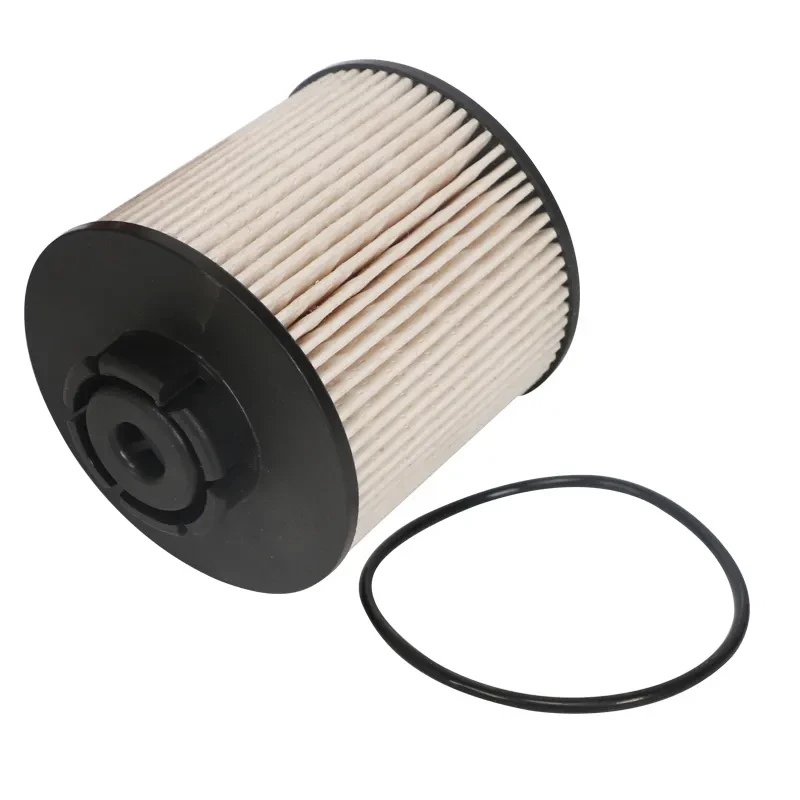Aug . 21, 2024 18:51 Back to list
Oil Filter Bypass Valve Inspection and Maintenance Tips for Optimal Performance
Understanding the Role of the Oil Filter Check Valve
The oil filter check valve is a crucial component in the lubrication system of an engine. Its primary function is to ensure that engine oil flows in one direction, preventing backflow and maintaining consistent oil pressure. This article explores the importance, functionality, and maintenance of the oil filter check valve, shedding light on why this seemingly simple component plays a significant role in an engine's performance and longevity.
Functionality of the Oil Filter Check Valve
At its core, the oil filter check valve acts as a one-way gate within the oil filtration system. When the engine is running, the oil pump circulates oil through the engine to lubricate moving parts, helping to reduce friction and prevent wear. As the oil passes through the filter, it is cleansed of impurities and debris, which can accumulate from engine operation.
The check valve is strategically positioned within or near the oil filter. Its design ensures that oil can flow forward towards the engine but cannot flow backward into the filter once the engine is turned off or when the oil pump is not active. This is particularly important because, without the check valve, oil could drain back into the crankcase and leave the filter dry. If the filter is not pre-filled with oil, the engine would have to operate on unfiltered oil during startup, increasing the risk of damage due to contaminants.
Importance of the Oil Filter Check Valve
1. Protection Against Contaminants By preventing backflow, the oil filter check valve helps ensure that the engine is always supplied with clean, filtered oil. This is vital for protecting engine components from wear and potential damage caused by dirt or particulates.
oil filter check valve

2. Efficient Engine Start-Up When starting an engine, having oil already present in the filter allows for immediate lubrication of critical components. This minimizes the time the engine runs without adequate oil, reducing wear and tear due to metal-to-metal contact on startup.
3. Maintaining Oil Pressure The check valve contributes to sustaining adequate oil pressure in the system. When the engine is off, the valve’s closure prevents pressure loss, ensuring that the system is primed and ready for immediate operation when the engine is restarted.
Maintenance and Replacement
Although the oil filter check valve is generally a durable component, it can become clogged or damaged over time. Factors like poor oil quality, extended oil change intervals, or contamination can impair its effectiveness. Symptoms of a failing check valve can include fluctuating oil pressure or increased engine noise upon startup.
To maintain optimal performance, regular oil changes using high-quality oil are essential. During an oil change, it is advisable to inspect the oil filter and check valve for signs of wear or damage. If you notice any issues, replacing the oil filter and ensuring that a functioning check valve is in place can prevent larger, more costly engine problems down the line.
Conclusion
In summary, the oil filter check valve may seem like a minor component in the grand scheme of an engine's lubrication system, but its importance cannot be overstated. It plays a pivotal role in maintaining clean oil supply, enhancing start-up efficiency, and preserving oil pressure. Regular maintenance can ensure that this system operates smoothly, ultimately prolonging engine life and enhancing vehicle performance. Understanding the function and care of the oil filter check valve is essential for anyone looking to maintain their vehicle's health and ensure optimal operational efficiency.
-
Toyota Corolla Oil Filter Price & Deals Affordable AC & Air Filters
NewsJun.10,2025
-
Car Air Filter Change How Often & Why Engine & Cabin Filter Guide
NewsJun.10,2025
-
Best 1 Inch Air Filters for Home & Office High Efficiency 1/2 & 2 Inch AC Filter Options
NewsJun.10,2025
-
Whole Home & House Air Filtration Supplier Expert Air Purification Solutions
NewsJun.10,2025
-
Affordable Diesel Engine Filter Price - Best Deals on Quality Parts
NewsJun.10,2025
-
Premium 20x25x5 Air Filter High-Efficiency Dust Removal
NewsJun.09,2025


